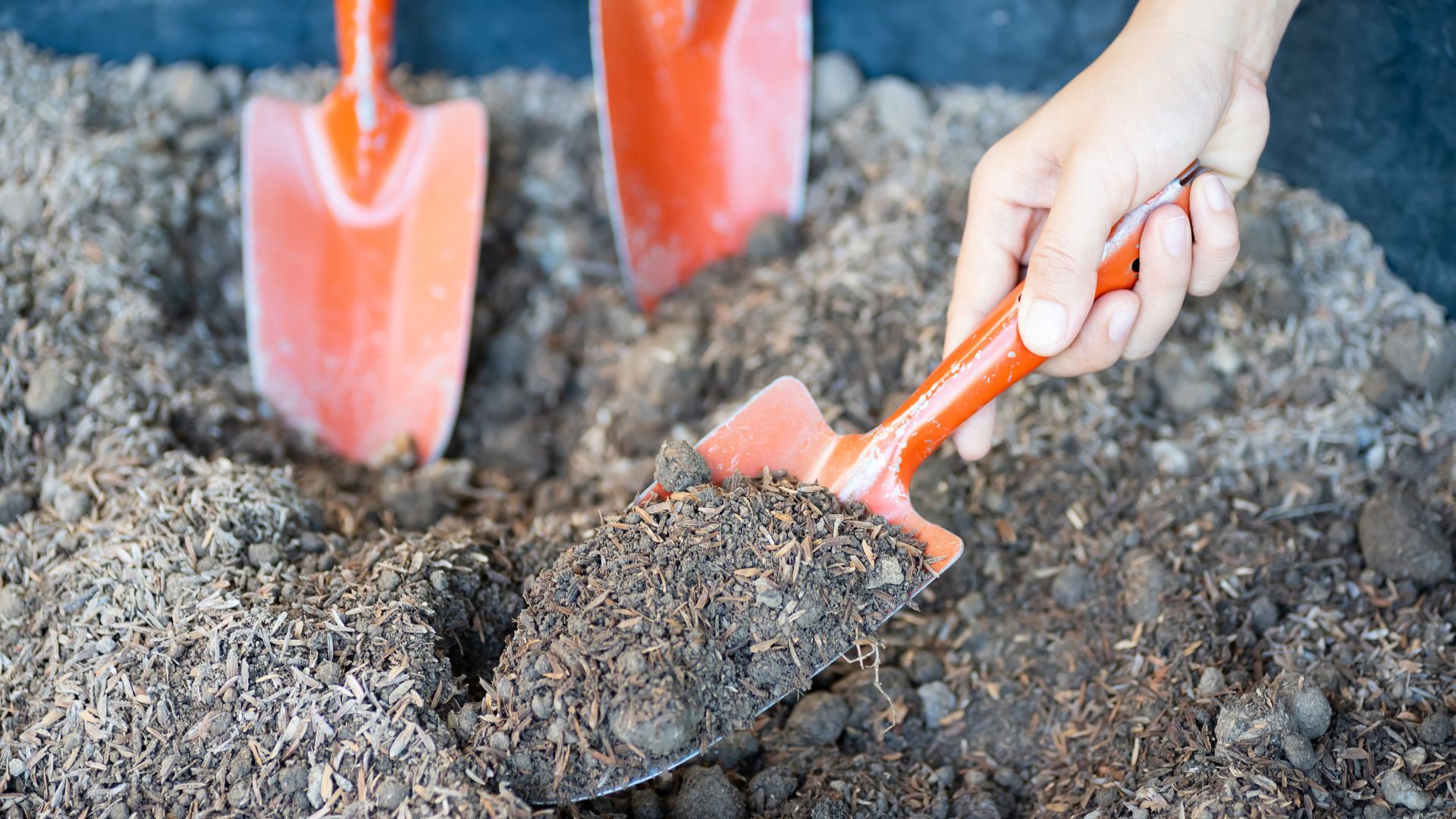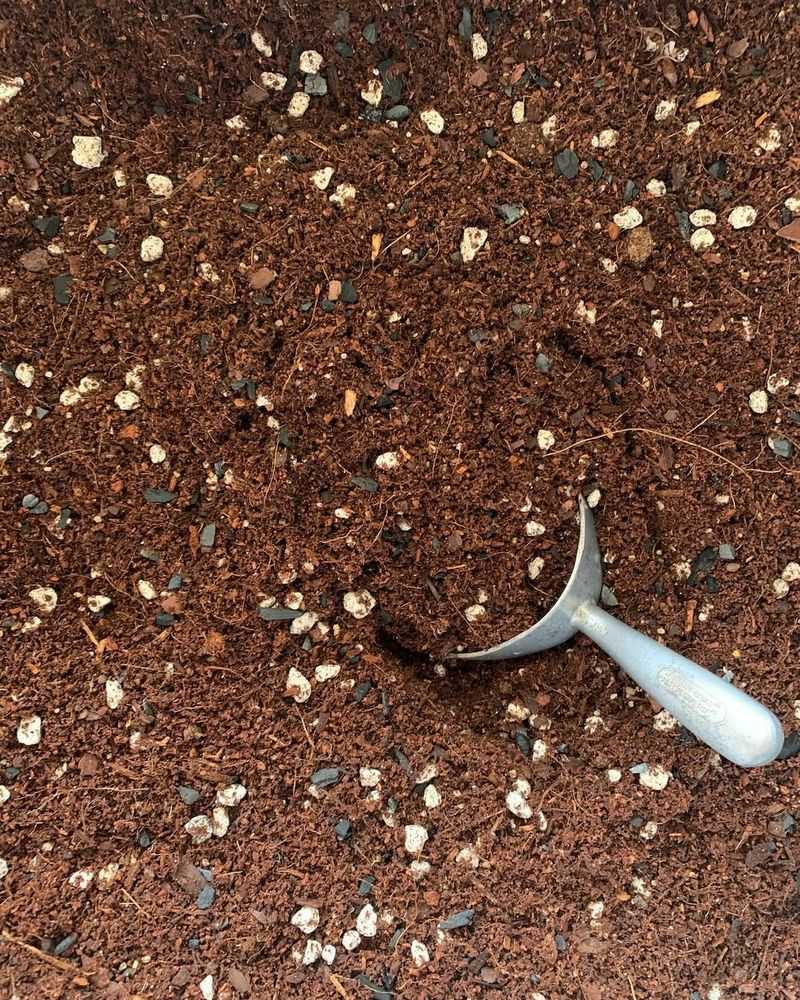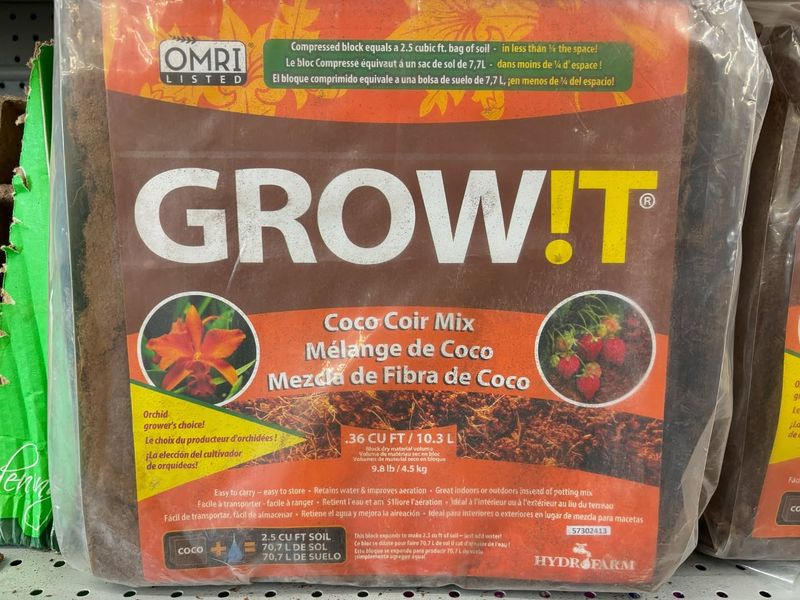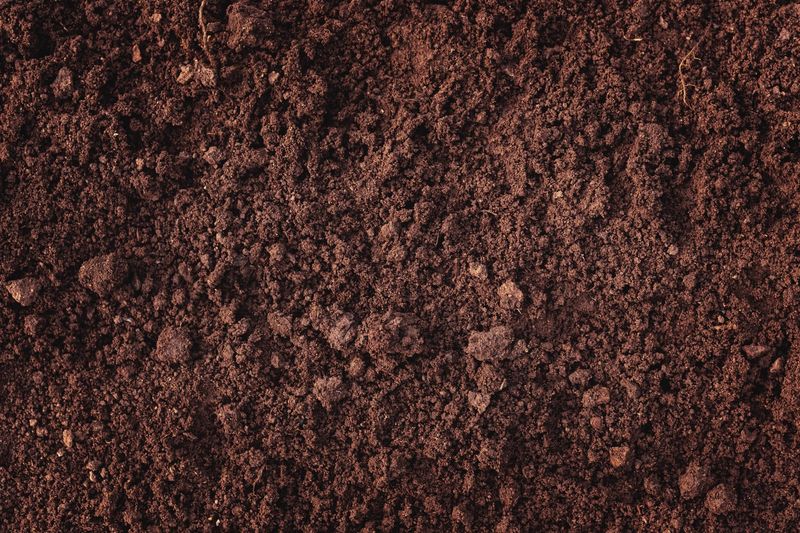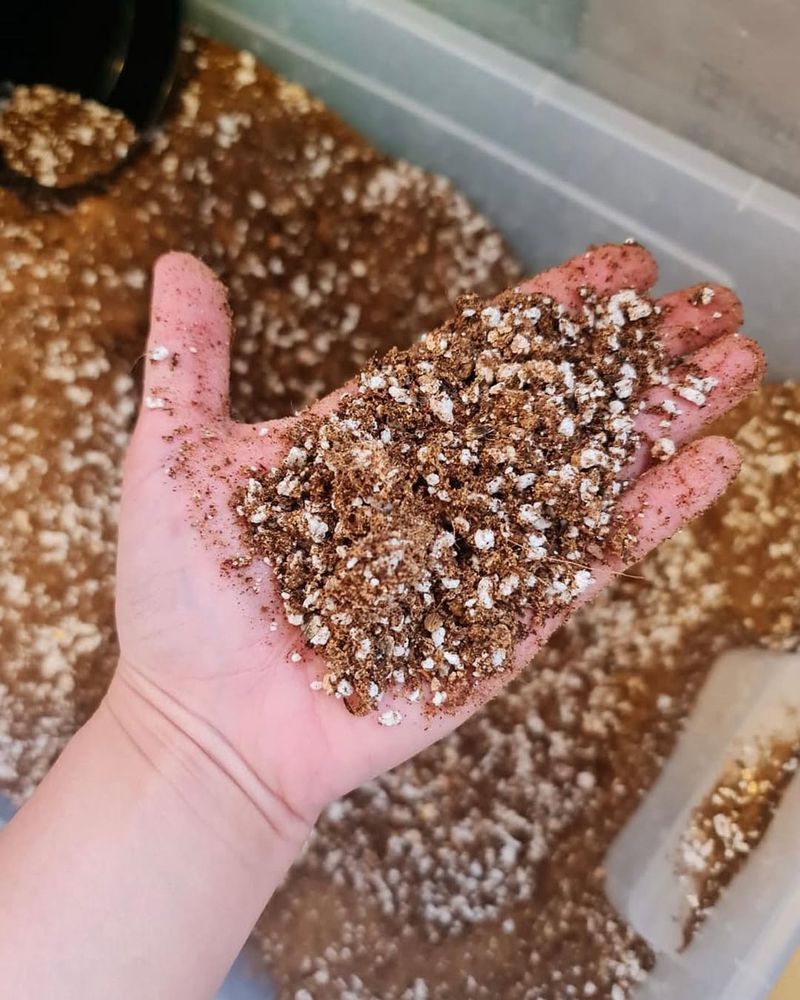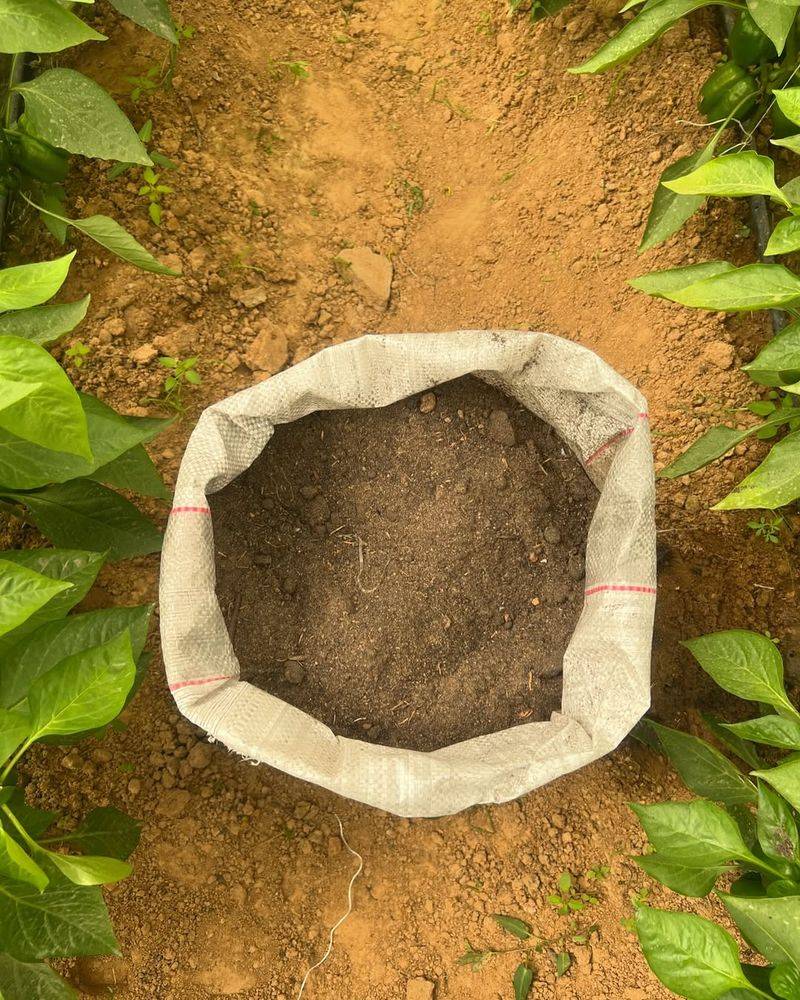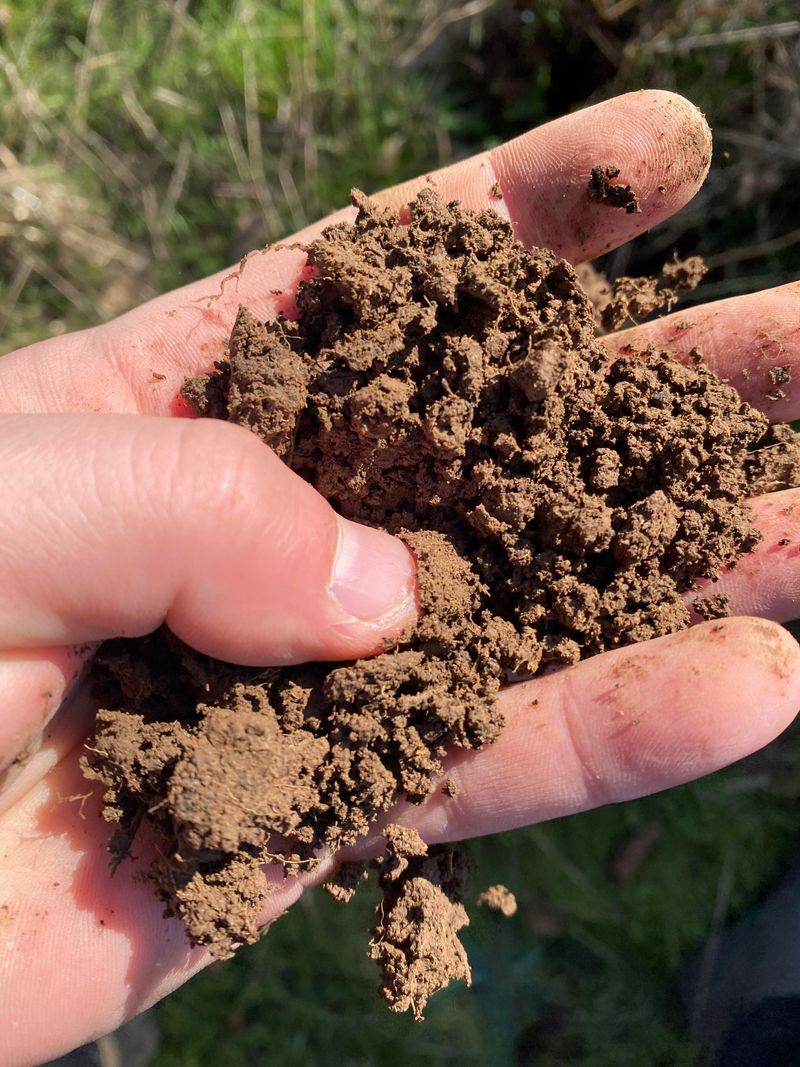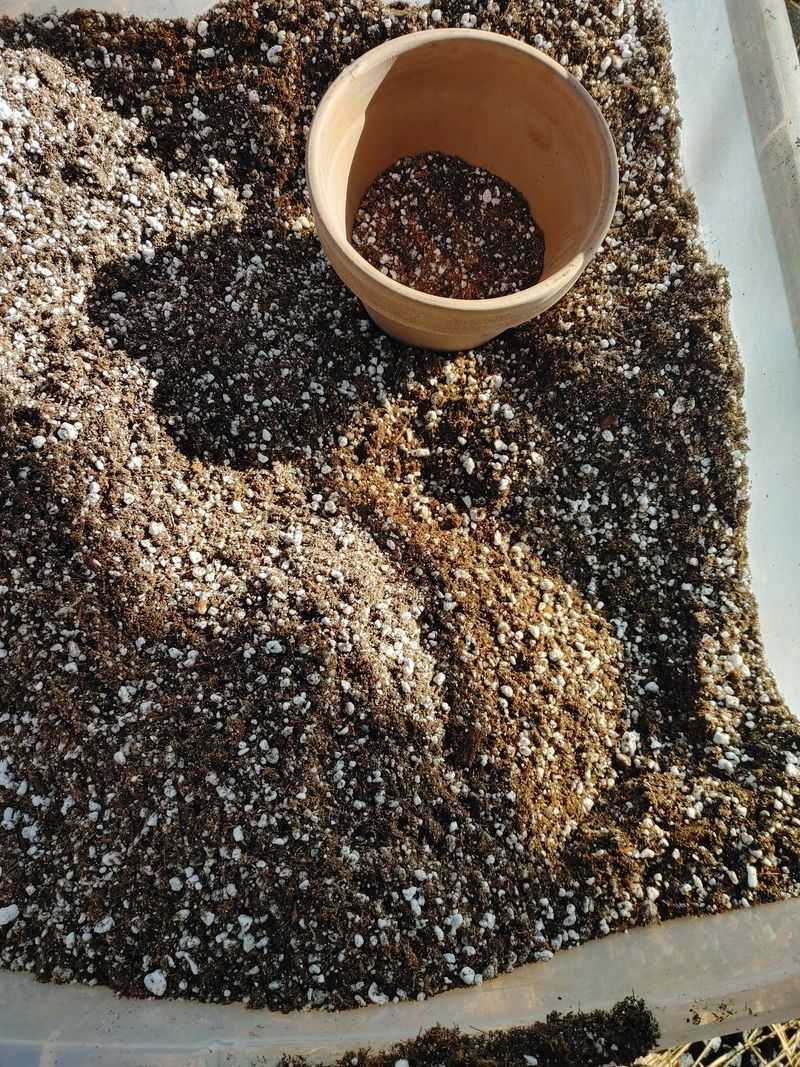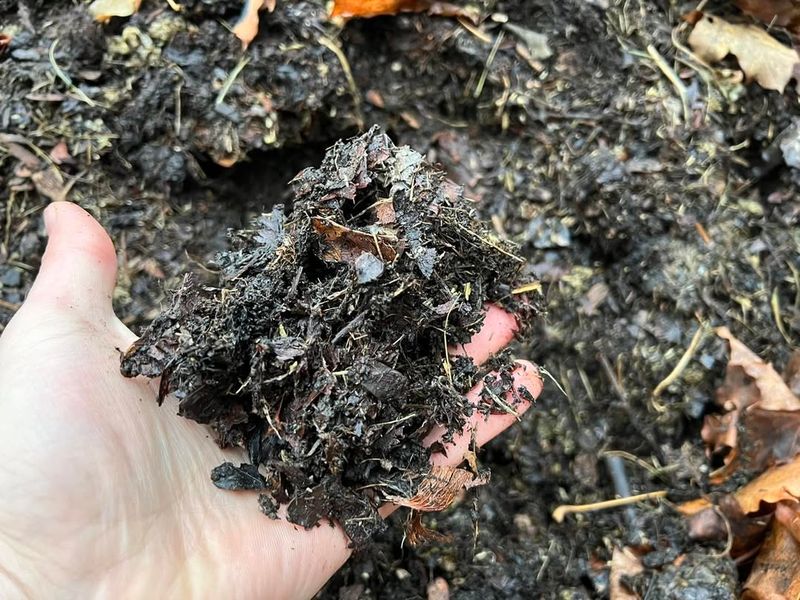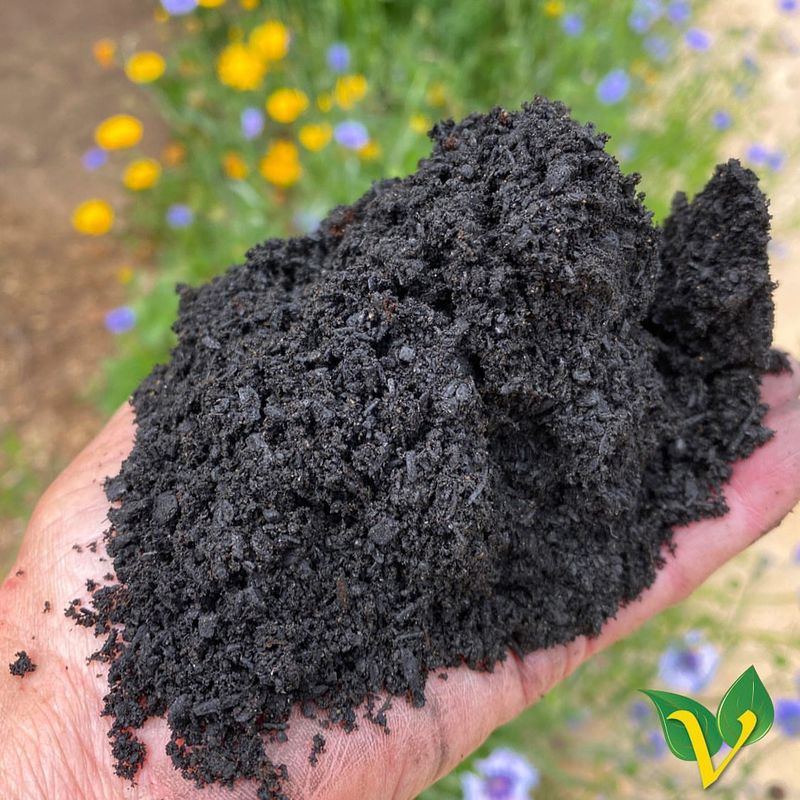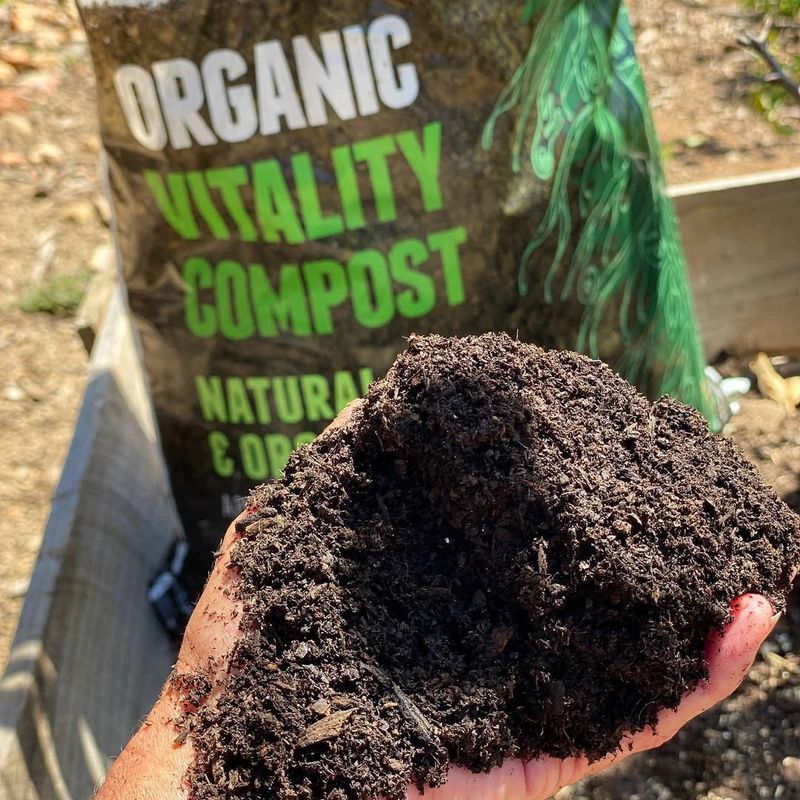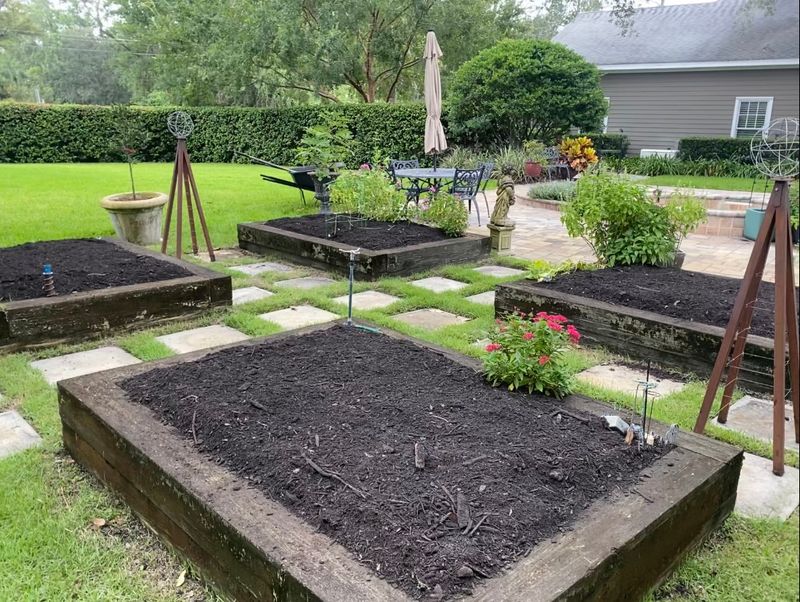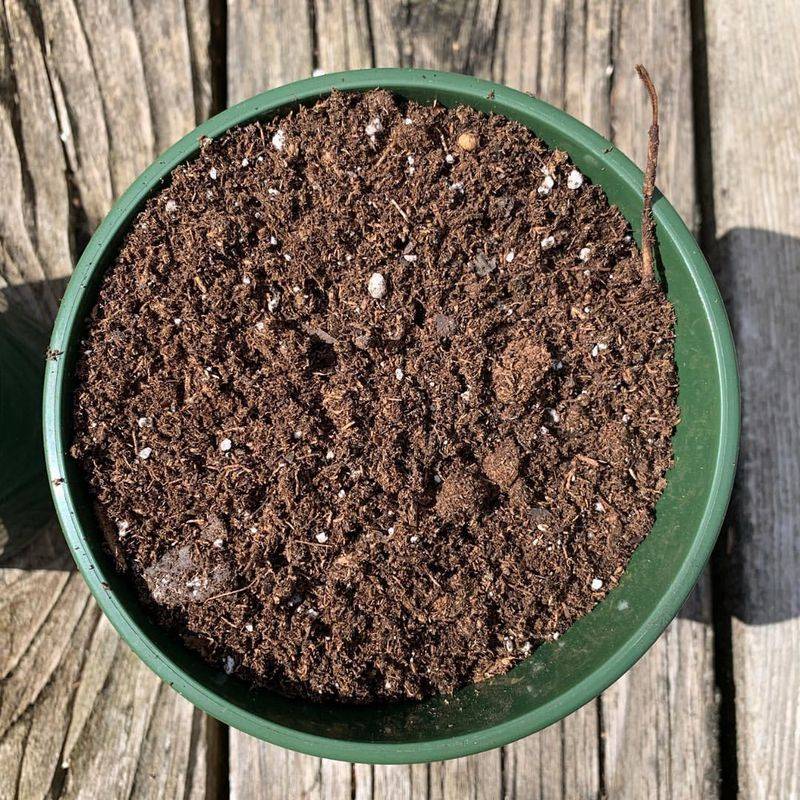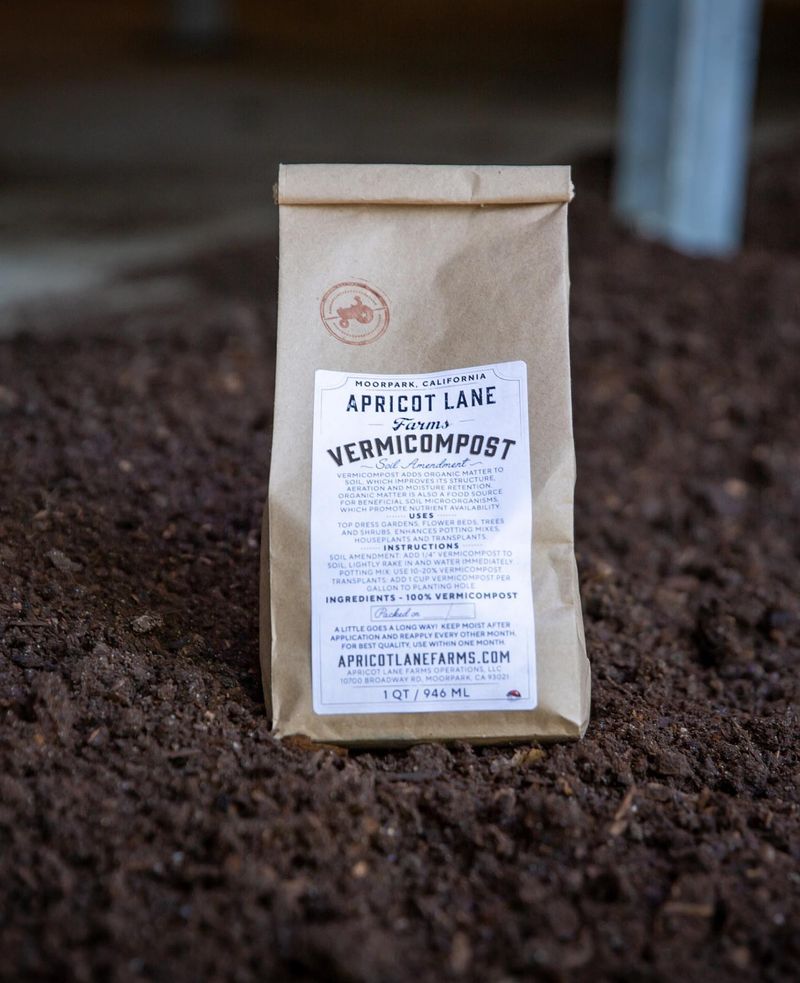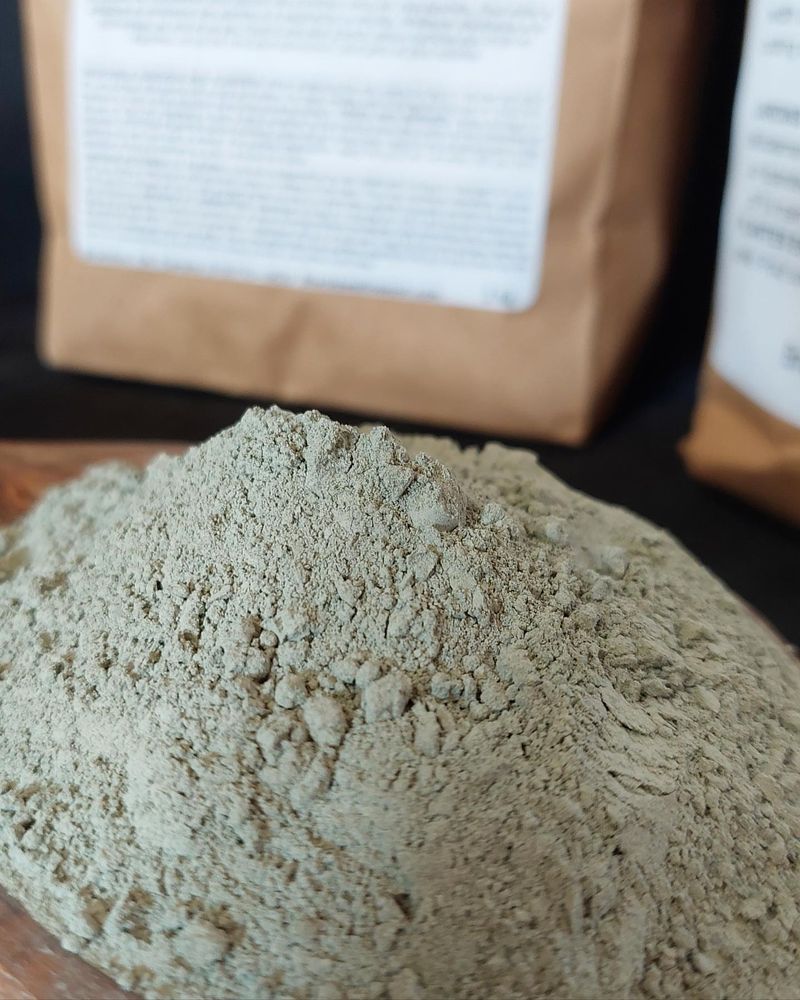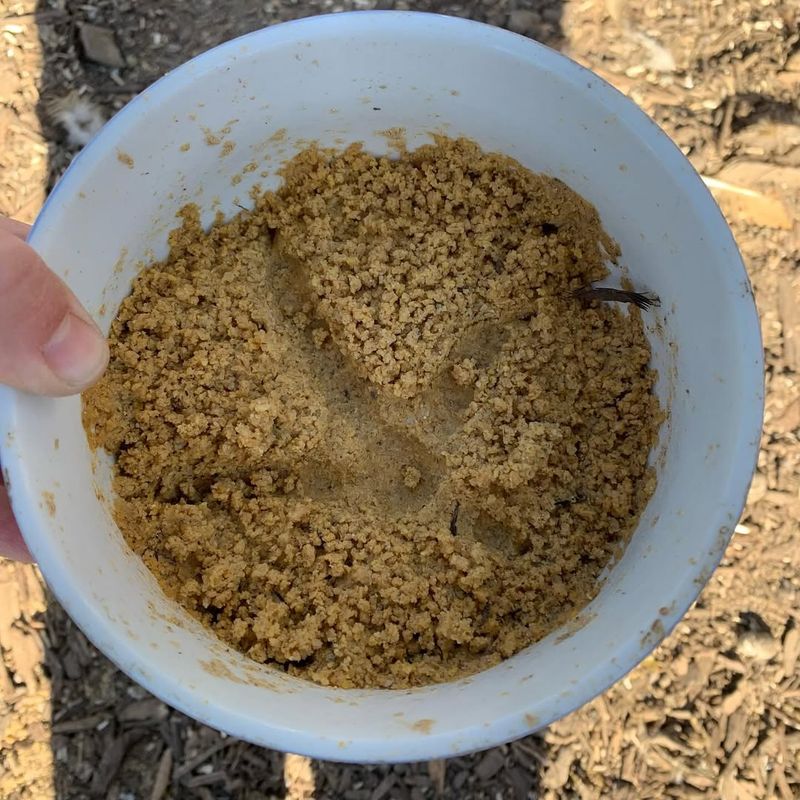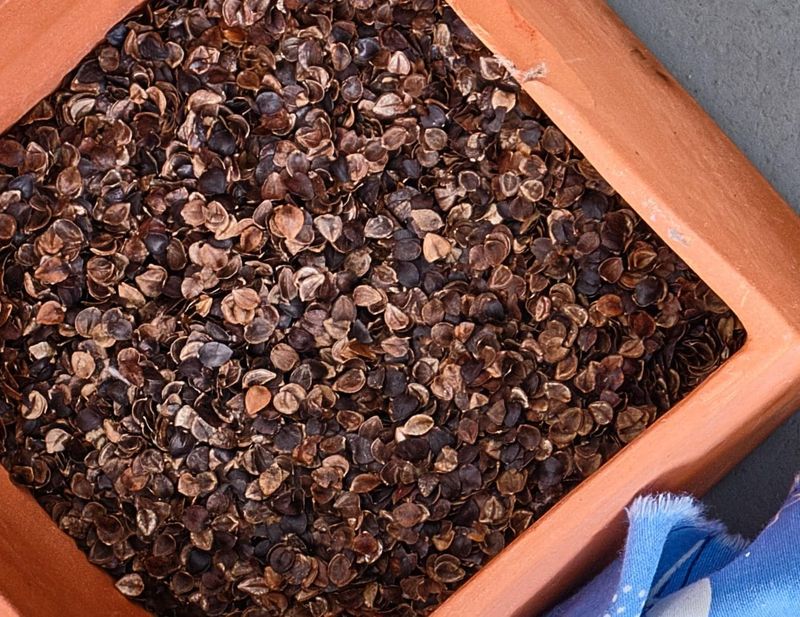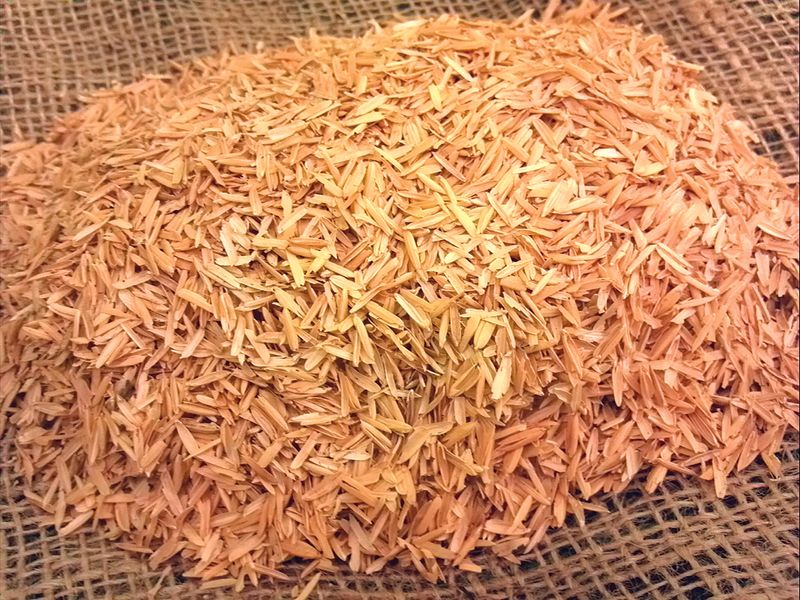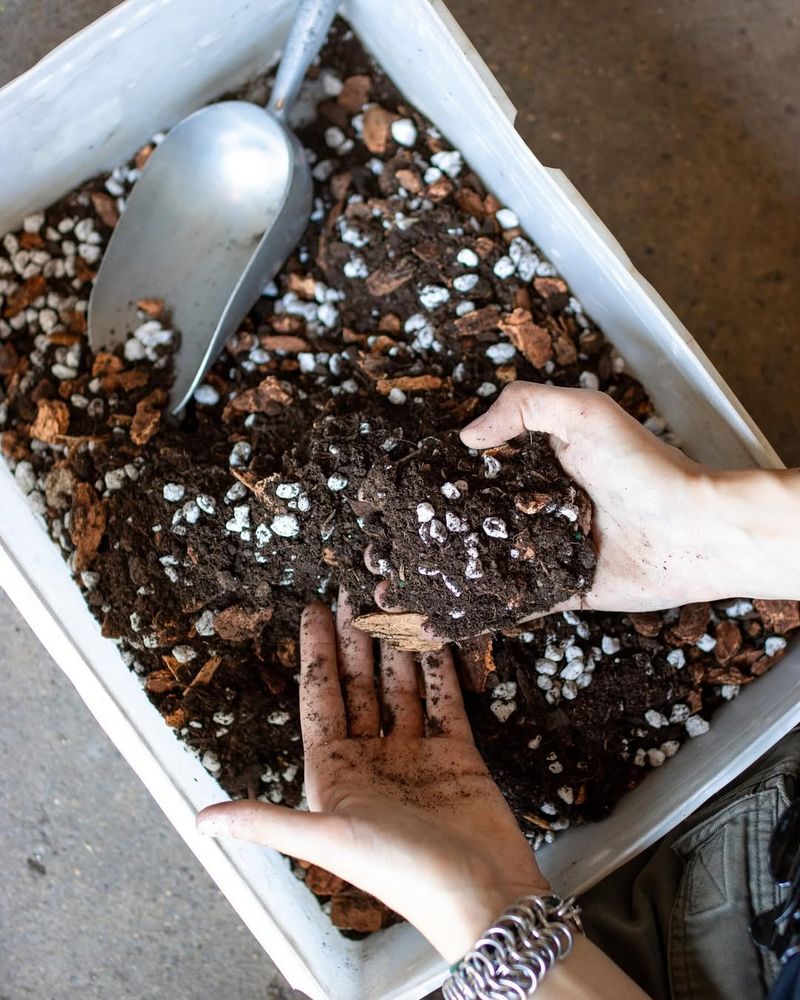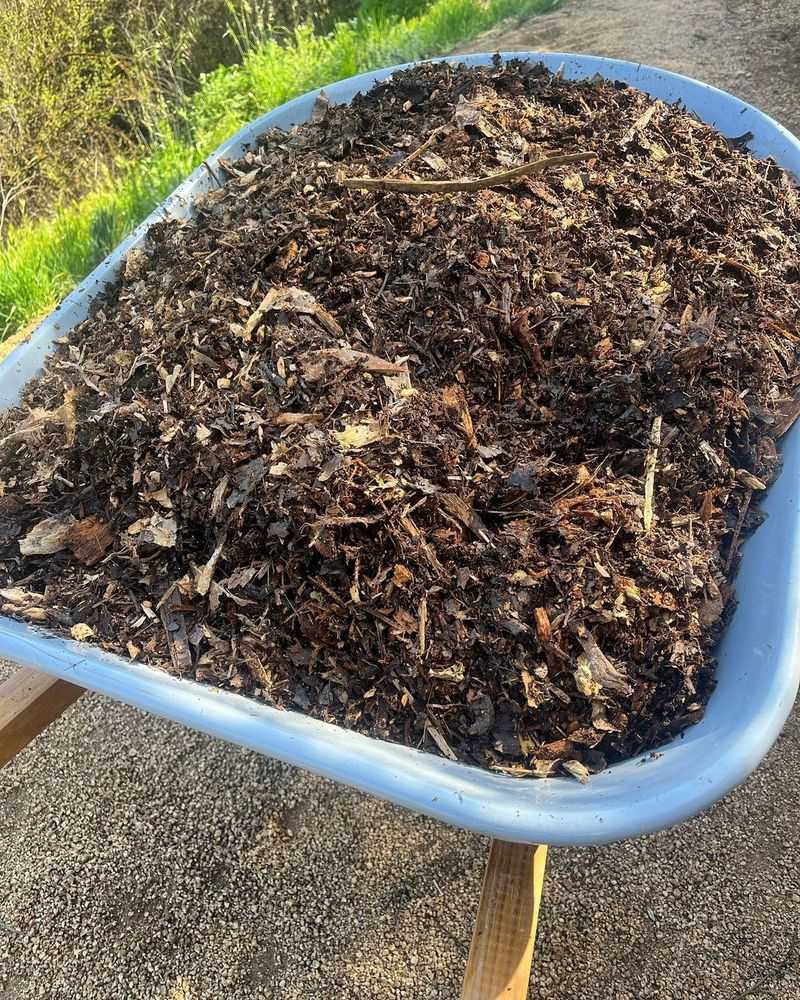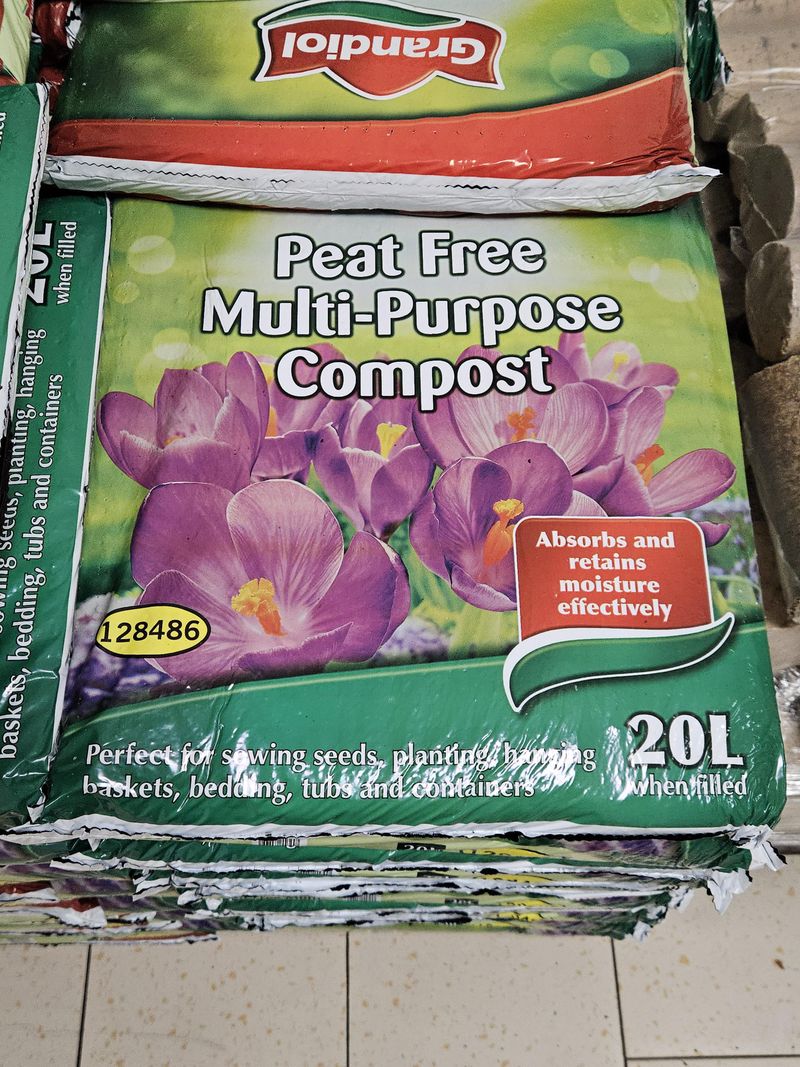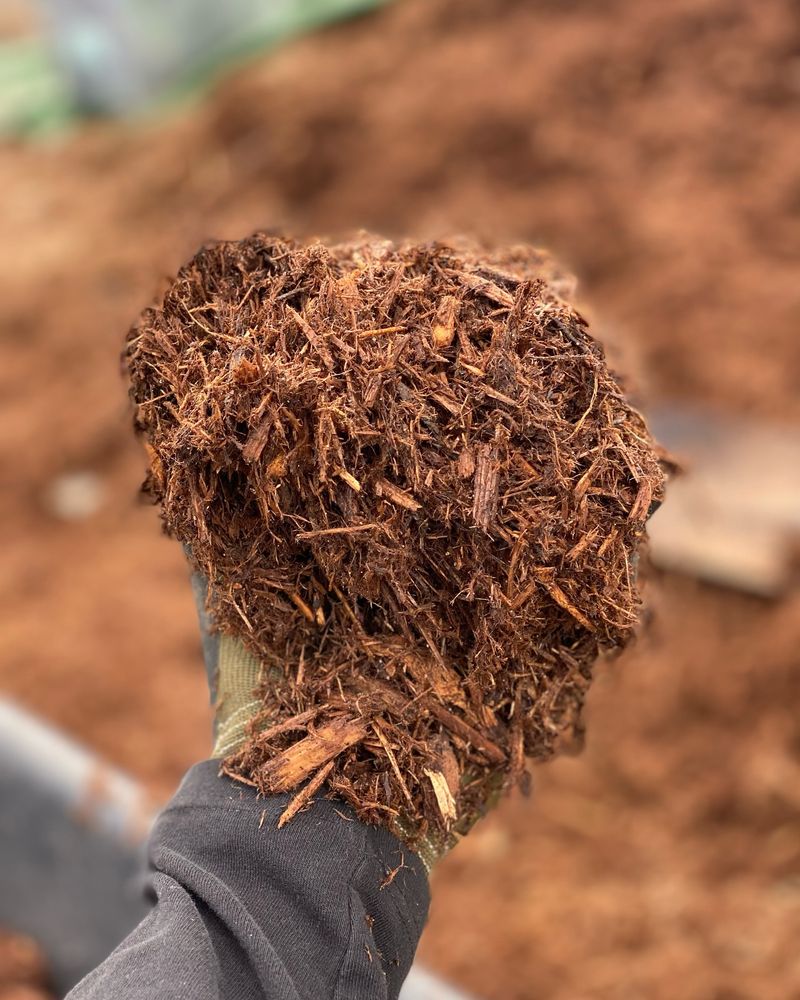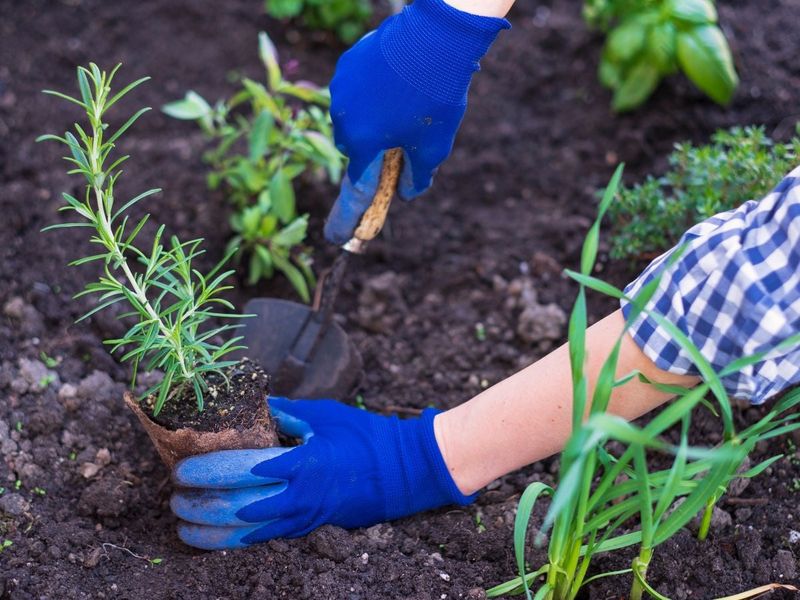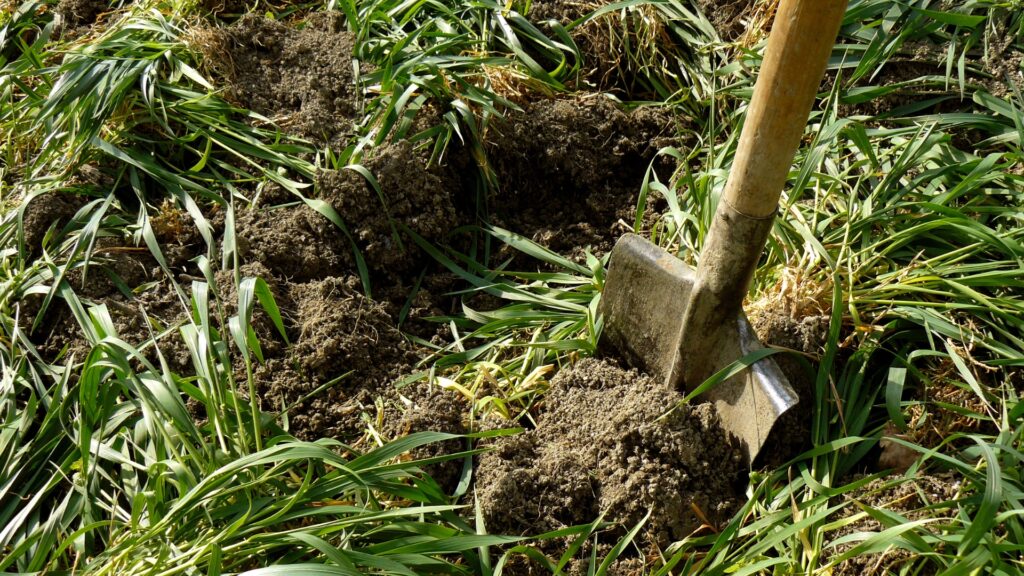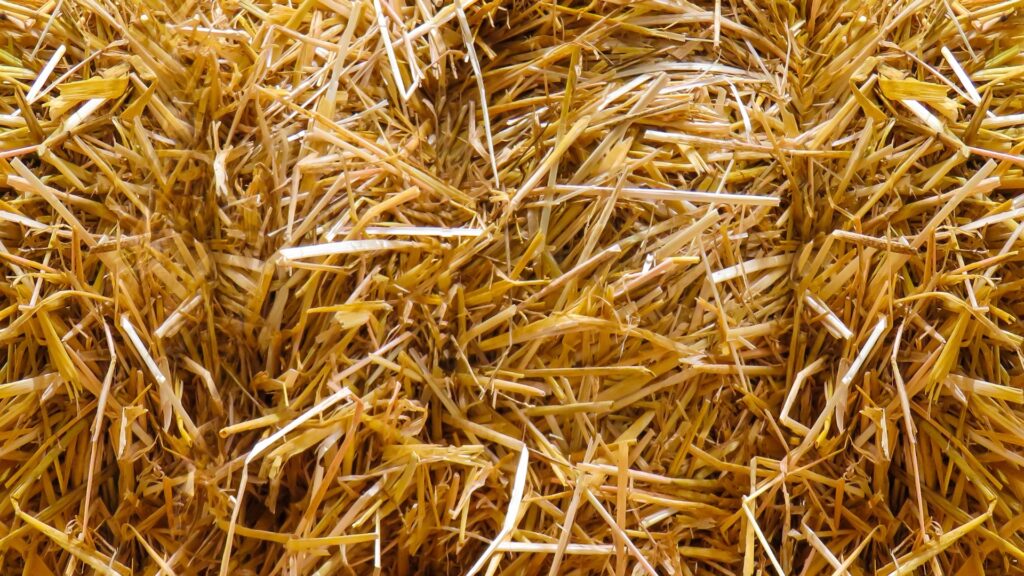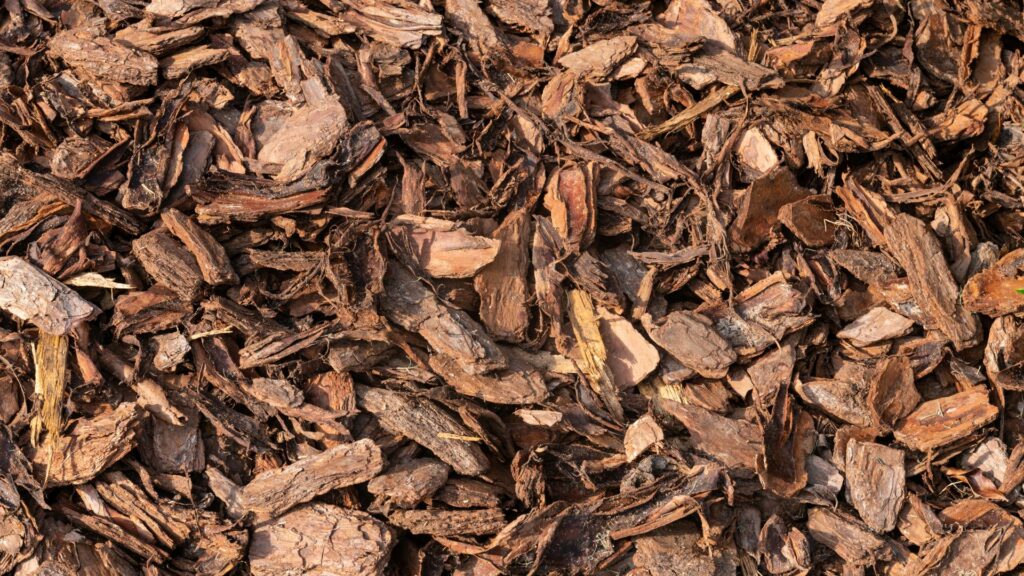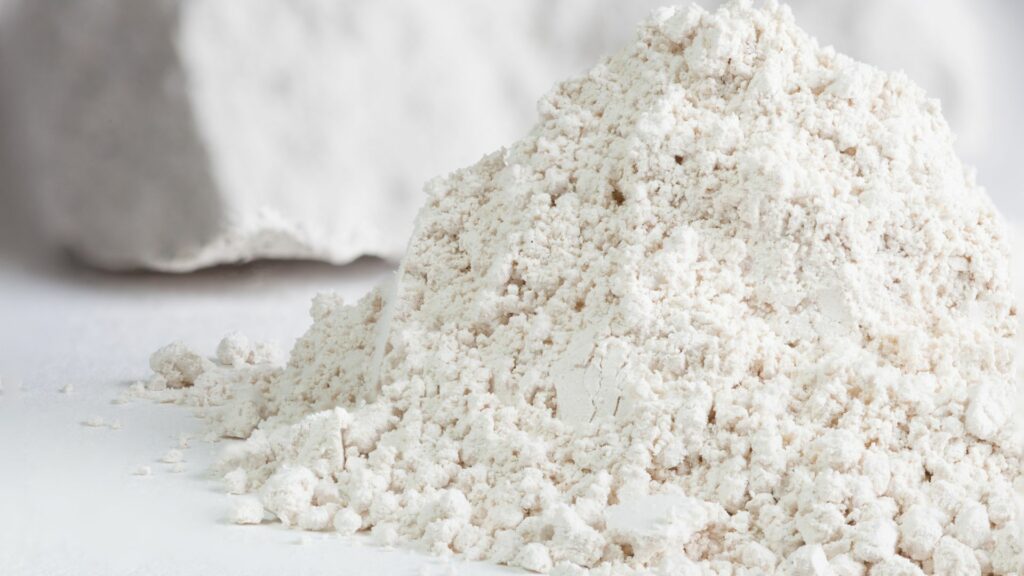In the world of gardening, the soil mix you choose for your raised beds can significantly impact the health and yield of your vegetable garden. A well-balanced soil mix provides essential nutrients, good drainage, and adequate aeration, all crucial for robust plant growth.
With so many options available, it can be challenging to determine the ideal mix for your specific needs. This guide explores 27 of the best soil mixes for raised beds, highlighting the vegetables that thrive in each type. Dive into the nuances of each mix to optimize your gardening efforts and ensure a bountiful harvest.
1. Peat Moss Blend
This blend is a popular choice for gardeners looking to enhance moisture retention and soil structure. Made with peat moss, it’s rich in organic material, promoting healthy plant growth while keeping the soil loose and well-drained. It’s especially great for leafy vegetables.
Its spongy texture aids in root development, making it ideal for shallow-rooted plants. Regularly incorporating peat moss into your raised beds can sustain soil fertility over time. It’s a sustainable option that, when harvested responsibly, supports eco-friendly gardening practices.
With peat moss, you can create a flourishing home garden filled with lush, vibrant crops.
2. Coconut Coir Mix
This eco-friendly material provides excellent moisture retention and air-filled porosity. Coconut coir enhances soil structure, making it ideal for vegetables that need consistent moisture.
Vegetables like tomatoes and peppers thrive in this mix, benefiting from its ability to retain water without becoming waterlogged. Coir is resistant to compacting, allowing roots to breathe and penetrate easily.
Using coconut coir in your raised beds supports sustainable gardening practices. Its neutral pH ensures compatibility with various plants, providing a versatile foundation for diverse garden environments.
3. Loam-Based Mix
This balanced mix offers optimal drainage, moisture retention, and nutrient availability. Loam-based soil is perfect for root vegetables that need loose, fertile ground to grow properly.
Carrots and radishes flourish in loam, benefiting from its structure that prevents soil compaction. The nutrient-rich environment supports robust plant development, leading to larger, healthier yields.
Maintaining a loam-based mix in your raised beds can lead to a productive garden. It’s adaptable to various climates and gardening styles, ensuring year-round success with a wide range of vegetables.
4. Sandy Soil Mix
This well-draining, light-textured mix is perfect for plants that prefer drier conditions. Sandy soil is ideal for vegetables like onions and garlic that thrive in quick-draining environments.
The mix allows roots to penetrate deeply, essential for bulbous plants. While it requires more frequent watering, sandy soil ensures that plants aren’t waterlogged, reducing the risk of root diseases.
By choosing a sandy mix for your raised beds, you cater to vegetables that love sun-drenched, arid environments, enabling a diverse and resilient garden.
5. Compost Enriched Mix
Incorporating compost into your raised bed soil mix enriches it with organic matter and nutrients vital for plant growth. This nutrient-dense mix supports a plethora of vegetables, especially those with high nutrient demands like kale and broccoli.
Compost improves soil fertility and structure, encouraging beneficial microbial activity. It retains moisture well, reducing the need for frequent watering.
By using compost-enriched soil, you contribute to a sustainable gardening cycle, turning kitchen waste into garden gold. This practice not only boosts your plants’ health but also reduces environmental impact.
6. Clay Soil Mix
This dense, nutrient-rich mix provides an ideal environment for certain vegetables. Clay soil retains moisture well, making it great for plants like asparagus and eggplant.
Despite its tendency to compact, when managed properly, clay soil can support robust plant health. It’s essential to mix with organic materials to enhance its structure and prevent drainage issues.
By utilizing clay soil in your raised beds, you harness a powerful resource that, when balanced, can yield a bountiful harvest of nutrient-rich vegetables.
7. Perlite and Vermiculite Mix
This light, well-draining mix supports vegetables needing oxygenated roots. Perlite and vermiculite help cucumbers and zucchinis grow by retaining moisture without waterlogging.
Perlite adds porosity to the soil, while vermiculite aids in water retention, creating a balanced environment. This combination supports healthy root growth and robust vegetable production.
Incorporating these amendments into your raised beds can transform the soil’s texture, allowing for a more productive and efficient gardening experience.
8. Leaf Mold Mix
This nutrient-rich compost improves soil structure while balancing moisture retention and drainage. Leaf mold is perfect for vegetables like beans and peas that thrive in a porous growing medium.
This natural amendment enhances soil fertility and microbial activity, promoting healthy plant growth. Leaf mold is lightweight, reducing soil compaction and allowing roots to spread.
Integrating leaf mold into your raised beds not only recycles organic waste but creates a lush environment for nutrient-loving vegetables, supporting sustainable gardening practices.
9. Biochar Blend
Biochar is a charcoal-like substance added to soil for improved fertility and carbon sequestration. When incorporated into your raised beds, it enhances nutrient retention and microbial activity, benefiting vegetables like chili peppers and squash.
This blend improves soil structure, aids in moisture retention, and reduces nutrient leaching. The porous nature of biochar allows for excellent root aeration.
Using biochar in your garden not only boosts plant health but also contributes to environmental sustainability by sequestering carbon. It’s a win-win for gardeners seeking eco-friendly solutions.
10. Organic Matter Rich Mix
This nutrient-packed mix supports vigorous vegetable growth. Rich in organic matter, it’s especially beneficial for leafy greens like lettuce and cabbage that thrive in a nutrient-dense environment.
The presence of decomposed plant material enhances soil structure and water retention, promoting healthier plants. This mix supports a vibrant soil ecosystem, encouraging beneficial organisms.
By incorporating organic matter into your raised beds, you create a sustainable gardening ecosystem. This practice not only nourishes your plants but also enriches the soil for future growing seasons.
11. Raised Bed Soil Mix
This specially formulated blend supports a variety of plants with optimal drainage and nutrients. Raised bed soil mix combines organic materials for healthy growth.
This mix is ideal for strawberries and herbs, providing the perfect environment for aromatic and flavorful plants. Its light texture and nutrient content encourage robust growth in confined spaces.
Utilizing raised bed soil mix allows urban gardeners to maximize yield even in small areas. It’s a versatile solution for those looking to grow a diverse garden without extensive space.
12. Potting Soil Mix
Potting soil mix is a versatile option for raised beds, offering a lightweight and well-draining environment. This mix is perfect for herbs like basil and mint that thrive in loose, nutrient-rich soils.
The mix’s composition supports healthy root development, ensuring your plants receive the nutrients they need. It’s easy to work with, making it a favorite among home gardeners.
By choosing potting soil for your raised beds, you embrace a practical and efficient solution. This mix caters to a wide variety of plants, enhancing your garden’s productivity and charm.
13. Vermicompost Blend
This nutrient-rich blend, made from worm castings, enhances soil health and fertility. Vermicompost is ideal for leafy greens like spinach and chard, thriving in nutrient-dense environments.
The vermicompost improves soil aeration and retains moisture, reducing the need for frequent irrigation. Its rich nutrient profile supports vigorous plant growth and resilience.
Integrating vermicompost into your raised beds is a sustainable practice that enhances soil fertility and structure. It’s a natural way to recycle food waste, turning it into ‘black gold’ for your garden.
14. Rock Dust Mix
This mineral-rich amendment adds essential trace elements to the soil. Rock dust is excellent for root vegetables like beets and parsnips, promoting strong, healthy growth.
It improves soil structure and nutrient availability, supporting healthy root development and vigorous plant growth. Rock dust also boosts microbial activity, enriching the soil ecosystem.
Using rock dust in your raised beds enhances soil fertility and promotes robust crops. It’s a natural way to remineralize depleted soils, ensuring long-term garden productivity.
15. Silt Soil Mix
Silt soil mix offers a fine texture and rich nutrient content, ideal for moisture-loving vegetables. Potatoes flourish in silt-rich soils, which provide the perfect balance of drainage and moisture retention.
This mix enhances soil fertility and structure, supporting healthy tuber development. It’s easy to work with, reducing compaction and allowing roots to spread.
By incorporating silt soil into your raised beds, you create an environment conducive to high yields and nutrient-rich plants. This mix suits a variety of vegetables, offering versatility and productivity.
16. Buckwheat Hull Mix
This light, aerating mix enhances soil structure with added organic matter. Buckwheat hull mix is perfect for vegetables like kale and collard greens that thrive in a fluffy, well-aerated environment.
The hulls decompose slowly, adding long-term fertility and aiding water retention without compacting the soil. This mix supports robust plant growth and healthy foliage.
Incorporating buckwheat hulls into your raised beds enhances soil aeration, promoting a vibrant garden. It’s an eco-friendly option that recycles agricultural byproducts into valuable soil amendments.
17. Rice Hull Blend
Rice hull blend is a sustainable soil amendment that provides aeration and organic matter. It’s an excellent choice for vegetables like okra and sunflowers that require well-drained, airy soils.
The hulls decompose slowly, ensuring long-lasting soil improvement and fertility. This blend supports healthy root development and plant growth, providing a balanced growing medium.
Utilizing rice hulls in your raised beds promotes sustainable gardening practices. It’s a practical way to improve soil structure and support nutrient-rich crops, turning agricultural waste into gardening treasure.
18. Mushroom Compost Mix
Mushroom compost is a byproduct of mushroom farming, rich in nutrients and organic matter. This mix is particularly suited for vegetables like bell peppers and eggplants that require a nutrient-dense environment.
The compost enhances soil structure, improving water retention and drainage. Its rich nutrient profile supports vigorous plant growth and resilience against diseases.
Using mushroom compost in your raised beds not only enriches the soil but also promotes sustainable waste recycling. It’s a powerful tool for gardeners seeking to boost plant health and yield.
19. Hydroponic Soil Mix
This soilless growing medium ensures optimal aeration and nutrient delivery. Hydroponic soil mix is ideal for lettuce and herbs, making it perfect for raised bed applications.
With hydroponic methods, plants receive nutrients directly, resulting in faster growth and higher yields. This soil mix supports a clean and efficient gardening experience, reducing soil-borne diseases.
Incorporating hydroponic soil in raised beds allows gardeners to experiment with innovative growing techniques. It’s a modern approach that maximizes productivity and supports a wide range of crops.
20. Wood Chip Mulch Mix
This moisture-retaining, weed-suppressing mix is perfect for perennial plants. Wood chip mulch benefits raspberry bushes and fruit trees by protecting and enriching the soil.
The chips decompose slowly, adding organic matter and promoting healthy soil structure. This mix supports long-term fertility and reduces maintenance needs.
By using wood chip mulch in your raised beds, you create a sustainable environment that supports perennial growth. It’s a cost-effective solution that enhances soil health and reduces environmental impact.
21. Peat-Free Mix
Peat-free mixes are designed to reduce environmental impact while providing excellent growing conditions. Root vegetables like beets and carrots thrive in this mix, which offers good drainage and nutrient availability.
This mix is made from sustainable materials, supporting eco-conscious gardening practices. It enhances soil structure and fertility, promoting healthy plant development.
Choosing a peat-free mix for your raised beds aligns with environmental stewardship. It’s an effective way to cultivate a productive garden while minimizing ecological footprint, supporting both plant health and the planet.
22. Shredded Bark Mix
This organic layer improves soil moisture and aeration while promoting healthy growth. Shredded bark mix is perfect for aromatic herbs like lavender and rosemary, which thrive in well-drained, nutrient-rich environments.
The bark decomposes slowly, adding long-term fertility to the soil. It helps retain moisture, reducing the need for frequent watering and supporting healthy plant growth.
Integrating shredded bark into your raised beds contributes to a balanced and sustainable gardening ecosystem. It’s an effective way to improve soil health, supporting vigorous and aromatic herb gardens.
23. Perennial Herb Mix
This specialized mix supports long-lasting herb gardens with a nutrient-rich, well-drained environment. Perennial herb mix is ideal for thyme and oregano, which thrive with consistent yet moderate moisture.
The composition supports healthy root systems and robust growth, ensuring a bountiful harvest of flavorful herbs. It enhances soil fertility and structure, fostering a vibrant garden.
With perennial herb mix, you cultivate a sustainable herb garden that thrives year after year. This mix simplifies your gardening routine while delivering aromatic and culinary delights.
24. Green Manure Mix
This mix is a regenerative option that naturally enhances soil fertility. By incorporating cover crops like clover and alfalfa into your raised beds, you can improve soil structure, suppress weeds, and boost organic matter content.
This mix is ideal for heavy-feeding vegetables such as corn and cabbage, which thrive in nutrient-dense soils. As the cover crops decompose, they release essential nutrients back into the soil, reducing the need for synthetic fertilizers.
Green manure also promotes beneficial microbial activity, contributing to a healthier garden ecosystem. Integrating this mix into your raised beds supports long-term soil health and sustainability.
25. Chopped Straw Mix
Chopped straw mix is a lightweight, organic amendment that improves soil aeration while retaining moisture. It’s particularly beneficial for vegetables like potatoes and strawberries, which prefer a loose, well-draining growing medium.
Straw also acts as a natural mulch, reducing weed growth and insulating soil temperatures. Over time, the straw breaks down, enriching the soil with organic matter and enhancing its structure.
This mix supports sustainable gardening by repurposing agricultural byproducts into valuable soil amendments. Incorporating chopped straw into your raised beds creates a thriving environment for a variety of crops.
26. Pine Fines Mix
Pine fines, also known as mini pine bark mulch, are fine particles of decomposed pine bark that help improve drainage and aeration in soil mixes. This mix is excellent for acid-loving vegetables like potatoes and blueberries when pH levels are adjusted accordingly.
The texture of pine fines prevents soil compaction and encourages strong root development, especially in dense raised beds. Over time, they decompose slowly, contributing to long-term soil health and structure.
Incorporating pine fines into your raised beds supports a well-drained, breathable environment that many crops appreciate. It’s a natural way to enhance your garden’s performance and longevity.
27. Zeolite-Enriched Mix
Zeolite is a natural mineral that enhances nutrient retention in soil, making it particularly beneficial for nitrogen-loving vegetables like corn and spinach. It acts like a sponge, capturing nutrients and slowly releasing them to plant roots as needed.
This mineral also improves soil aeration and helps regulate moisture levels, reducing the frequency of watering. Its high cation-exchange capacity means nutrients stay accessible to plants longer.
By adding zeolite to your raised bed mix, you improve efficiency and boost plant resilience. It’s an excellent choice for gardeners aiming to get the most out of each planting season.

